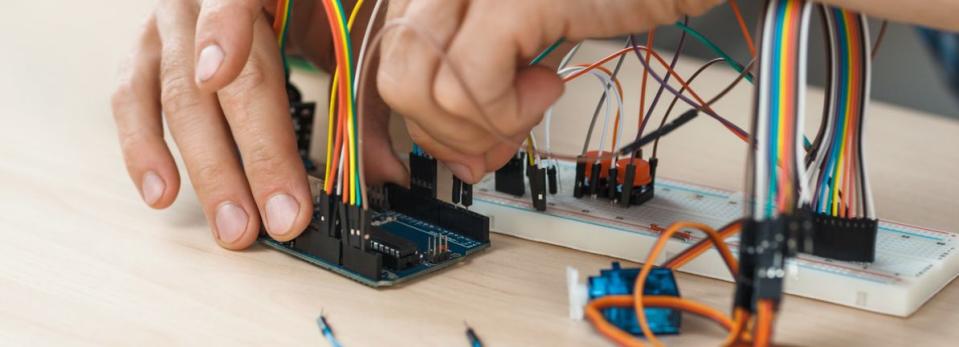Has Vishay Intertechnology (NYSE:VSH) Got What It Takes To Become A Multi-Bagger?

If we want to find a stock that could multiply over the long term, what are the underlying trends we should look for? Ideally, a business will show two trends; firstly a growing return on capital employed (ROCE) and secondly, an increasing amount of capital employed. Basically this means that a company has profitable initiatives that it can continue to reinvest in, which is a trait of a compounding machine. However, after investigating Vishay Intertechnology (NYSE:VSH), we don't think it's current trends fit the mold of a multi-bagger.
Understanding Return On Capital Employed (ROCE)
For those who don't know, ROCE is a measure of a company's yearly pre-tax profit (its return), relative to the capital employed in the business. To calculate this metric for Vishay Intertechnology, this is the formula:
Return on Capital Employed = Earnings Before Interest and Tax (EBIT) ÷ (Total Assets - Current Liabilities)
0.071 = US$178m ÷ (US$3.0b - US$503m) (Based on the trailing twelve months to July 2020).
So, Vishay Intertechnology has an ROCE of 7.1%. Ultimately, that's a low return and it under-performs the Electronic industry average of 10%.
Check out our latest analysis for Vishay Intertechnology
In the above chart we have measured Vishay Intertechnology's prior ROCE against its prior performance, but the future is arguably more important. If you'd like, you can check out the forecasts from the analysts covering Vishay Intertechnology here for free.
How Are Returns Trending?
Over the past five years, Vishay Intertechnology's ROCE and capital employed have both remained mostly flat. Businesses with these traits tend to be mature and steady operations because they're past the growth phase. With that in mind, unless investment picks up again in the future, we wouldn't expect Vishay Intertechnology to be a multi-bagger going forward.
Our Take On Vishay Intertechnology's ROCE
In summary, Vishay Intertechnology isn't compounding its earnings but is generating stable returns on the same amount of capital employed. Since the stock has gained an impressive 64% over the last five years, investors must think there's better things to come. However, unless these underlying trends turn more positive, we wouldn't get our hopes up too high.
If you'd like to know about the risks facing Vishay Intertechnology, we've discovered 2 warning signs that you should be aware of.
For those who like to invest in solid companies, check out this free list of companies with solid balance sheets and high returns on equity.
This article by Simply Wall St is general in nature. It does not constitute a recommendation to buy or sell any stock, and does not take account of your objectives, or your financial situation. We aim to bring you long-term focused analysis driven by fundamental data. Note that our analysis may not factor in the latest price-sensitive company announcements or qualitative material. Simply Wall St has no position in any stocks mentioned.
Have feedback on this article? Concerned about the content? Get in touch with us directly. Alternatively, email editorial-team@simplywallst.com.

 Yahoo News
Yahoo News 
